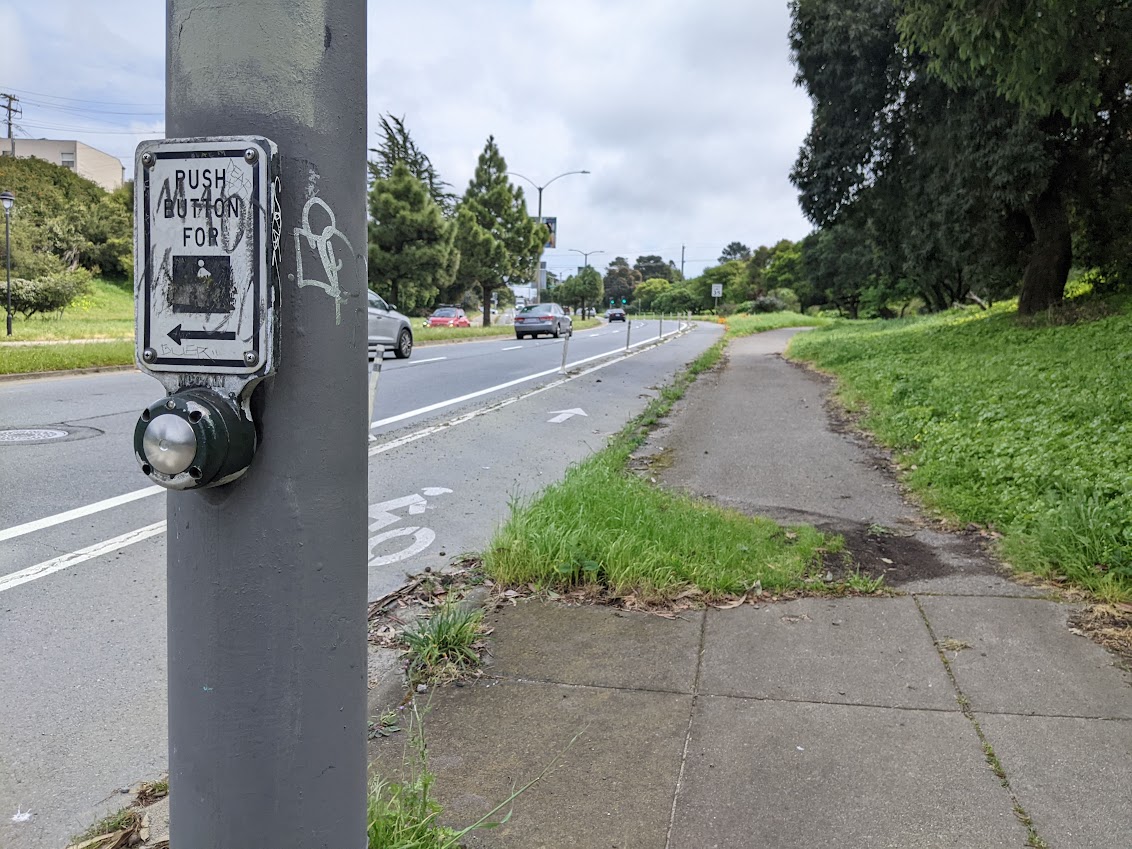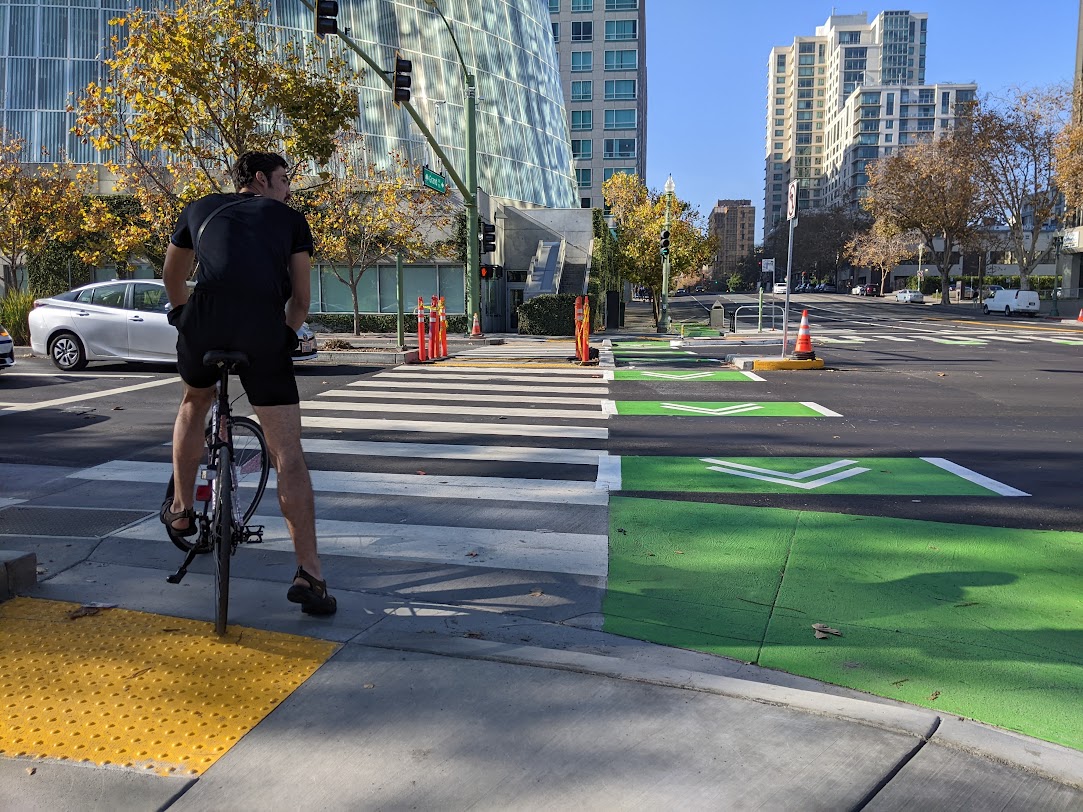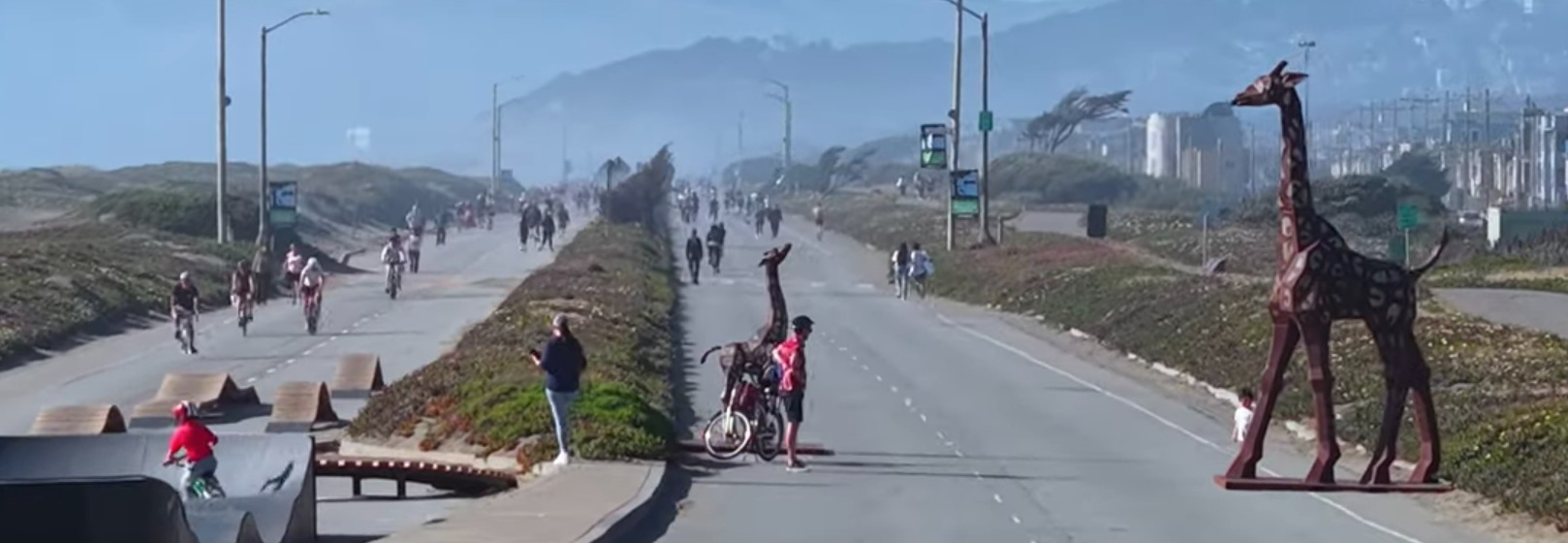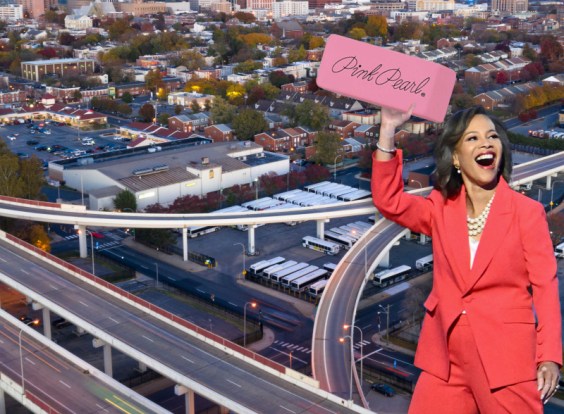I am an environmentalist who rides my bike for transportation several times a week on the Westside. I appreciate continued efforts from San Francisco’s Municipal Transit Agency (SFMTA) and County Transportation Authority (SFCTA) to make our streets safer for people walking and biking, though progress has been slow. These improvements provide SF residents more efficient transportation options as the City plans for 82,000 new homes envisioned in the Mayor’s Family Zoning Plan. Research suggests they will enhance safety for all road users while furthering public health and reducing the $500 million fiscal burden of traffic crashes.
The City’s “quick-build” and Slow Streets programs have been especially cost-effective, according to city studies. A quick-build protected bike lane on the Panhandle segment of Fell Street reduced traffic collisions by 40 percent at a cost of only $425,000. On the 28 streets getting quick-build treatment overall, collisions fell by 16 percent. Traffic collisions fell 48 percent on Slow Streets.
However, the City’s ability to prioritize and execute projects efficiently has been uneven. Protected bike lane projects on Embarcadero and Brotherhood Way represent two extreme examples. The City projects a combined cost range of $33 to $82 million for just these two projects, while improving less than two miles of City streets.
At Embarcadero, the City’s proposed protected bike lane extension aims to improve conditions on a popular half-mile segment. However, complex engineering and a plodding planning process have mired the project since 2014; five years alone were spent on community engagement, with SFMTA’s project webpage boasting holding "dozens of in-person meetings with key stakeholders.” These factors contribute to projected costs of $8 million to $12 million and a timeline extending to 2028, which could still slip since three more local and state agencies need to sign off. Meanwhile, since 2014, City data show 420 injury crashes have occurred on the Embarcadero and its intersections, three of these fatal.
On Ingleside’s Brotherhood Way and nearby Alemany Boulevard, SFCTA recently presented three project alternatives to redesign parallel half-mile segments. In concept, I welcome these improvements: I live nearby and am too scared to ride to Lake Merced via Brotherhood, lacking physical separation from high speed traffic. Even the less expensive alternatives could take four to five years after funding is secured and cost up to $30 million, while the creation of new green space in one alternative could bring the construction timeline up to eight years and costs to $70 million.
SFCTA’s presentation comes after a year-long delay for extra traffic studies. An SFCTA spokesperson claimed these studies were critical to provide a higher “level of detail” to the “community about the effects on traffic flow.” Yet traffic engineers and academic researchers alike increasingly view such project-level traffic studies as little better than “junk science.” Again, the true costs of delay are dead San Franciscans: over the past two decades, an average of 13 crashes occurred on or intersecting Brotherhood Way annually, with a fatal crash once every three years.
The public deserves an explanation for these long timelines and steep costs: are they due to cumbersome procurement, fragmented governance, or unique engineering challenges? Roads like Brotherhood Way do use outdated designs that require inherently expensive upgrades–but could city staff be empowered to make necessary tradeoffs required to deliver these projects more cheaply and quickly–or reprioritize given the opportunity cost of improving more miles on less complicated streets with these same dollars?
Underscoring the potential for more nimble approaches, peer cities like Austin, Texas show protected bike infrastructure can be built inexpensively, at scale: Austin is building hundreds of miles at an estimated per-mile cost of just $600,000. It has delivered 340 miles so far, twice as many as SF’s 138 miles (even accounting for Austin’s larger size)–and 172 of Austin’s miles have been built just since 2020.
By executing a citywide plan with front-loaded community engagement, Austin quickly extended its connected network to more neighborhoods, reinforcing the plan’s political constituency. By contrast, SF’s nascent network remains disconnected from most of the City: perceived inconveniences from new lanes have been felt immediately, while benefits for riders crossing the City remain elusive. A new Biking and Rolling Plan was approved this March, but it lacked clear commitments despite three years of community meetings and planning studies.
Creating safe streets for SF residents to walk and bike promises far-reaching benefits. But it is the delivery of safety-enhancing infrastructure that furthers these objectives–not dollars spent, community engagement meetings held, nor pages appended to planning packets. While new California laws tackle slow housing approval, the City’s transportation planning could still take a page from Abundance–and not just for bike lanes, given the looming fiscal crisis facing regional transit agencies.
I urge the Mayor and Board of Supervisors to direct City and County agencies to build safe streets projects more quickly, furthering our success with quick-build and Slow Streets programs by incorporating best practices from peer cities such as Austin. The Mayor could direct SFMTA to deliver on the objectives of its Biking and Rolling Plan without further delay. The Board of Supervisors could adopt legislation such as Supervisor Melgar’s recently introduced Street Safety Act, which was advanced at the Board’s Land Use and Transportation Committee Monday, September 8.
***
Zack Subin is a lead volunteer with San Francisco YIMBY and a volunteer with Streets for All SF (formerly KidSafe SF). He works in housing & climate policy research and lives with his husband in SF’s Oceanview neighborhood.





